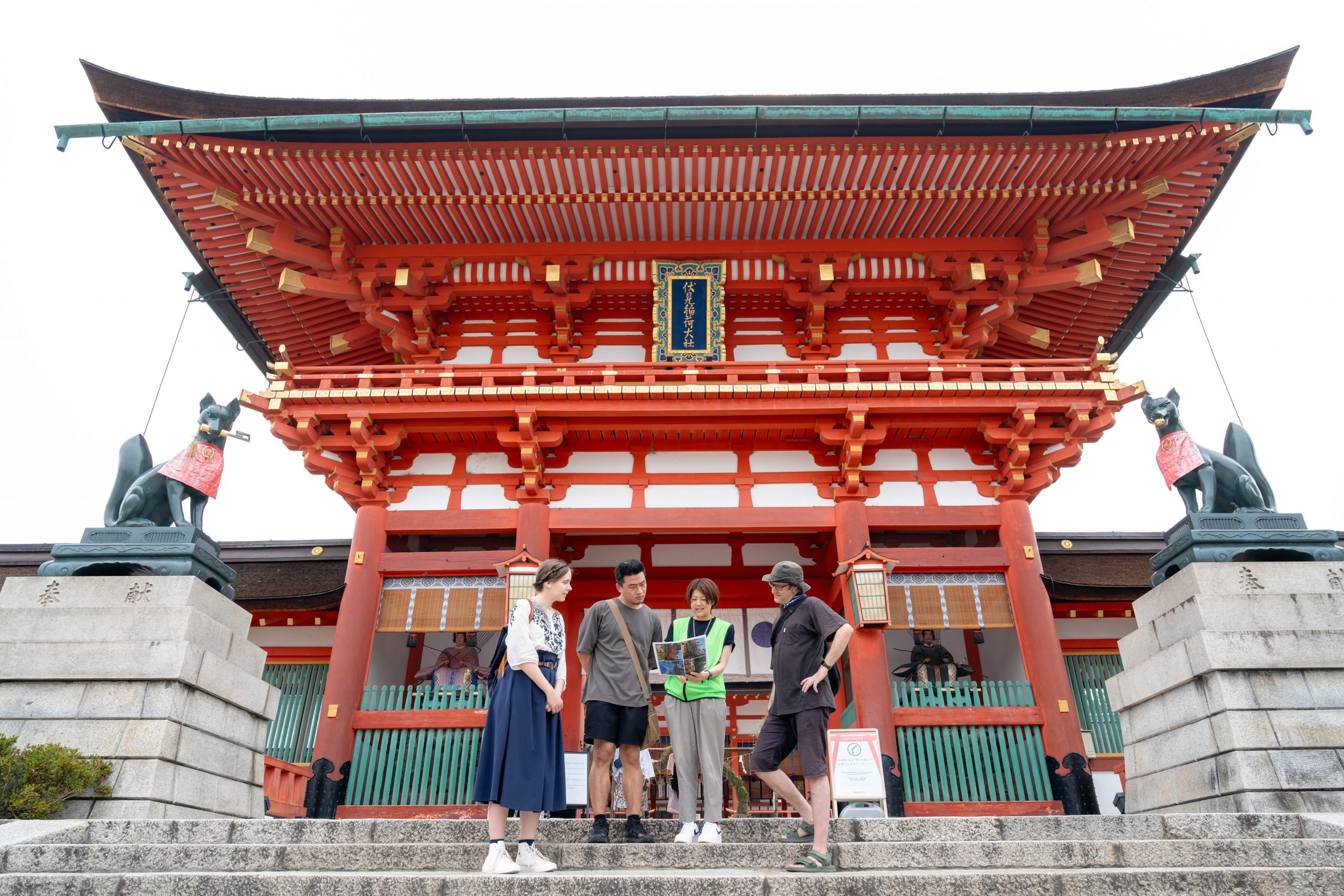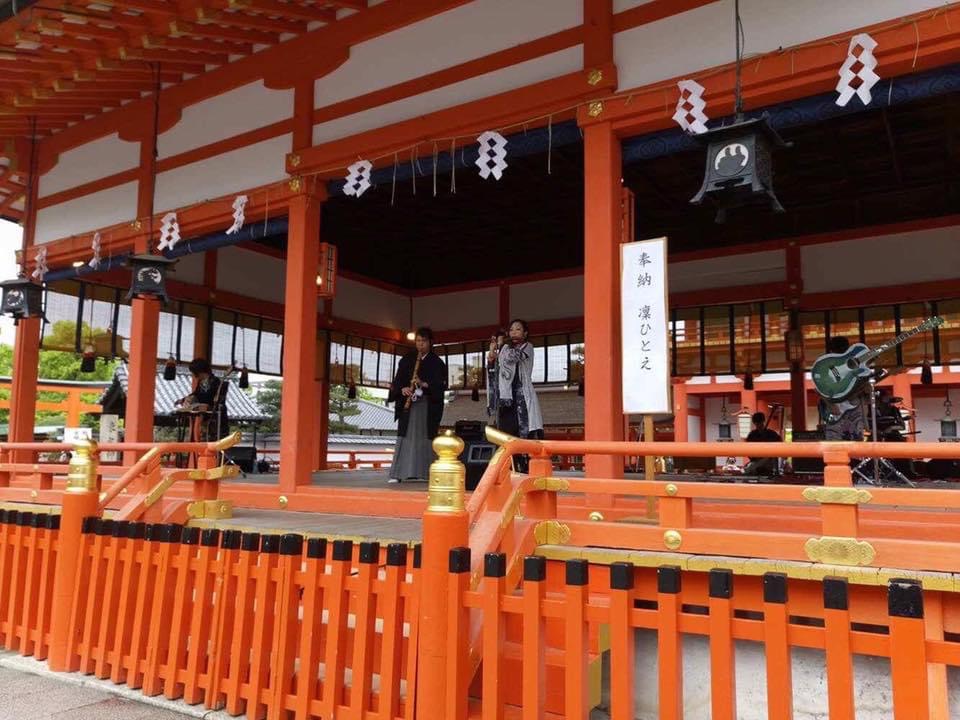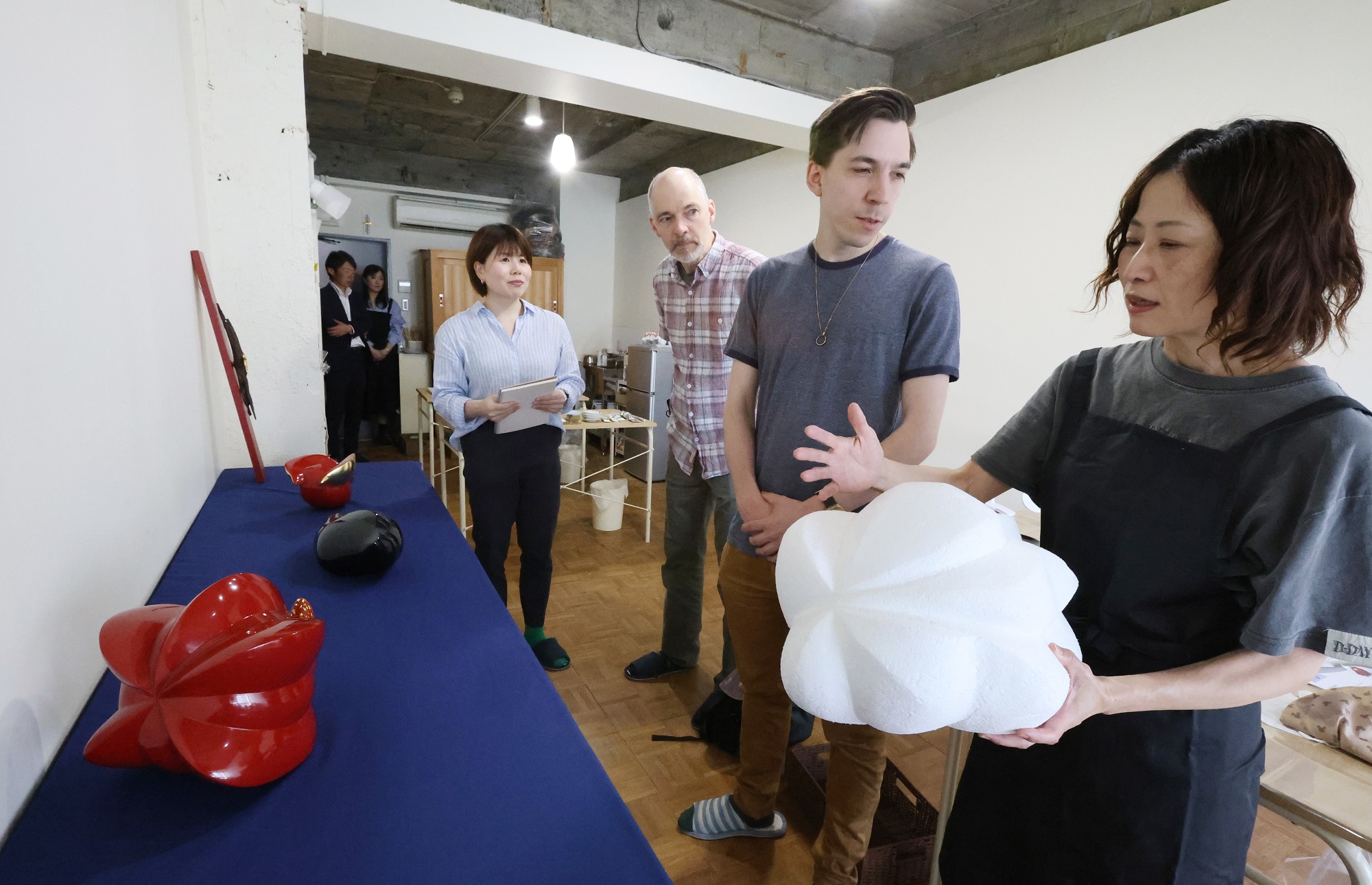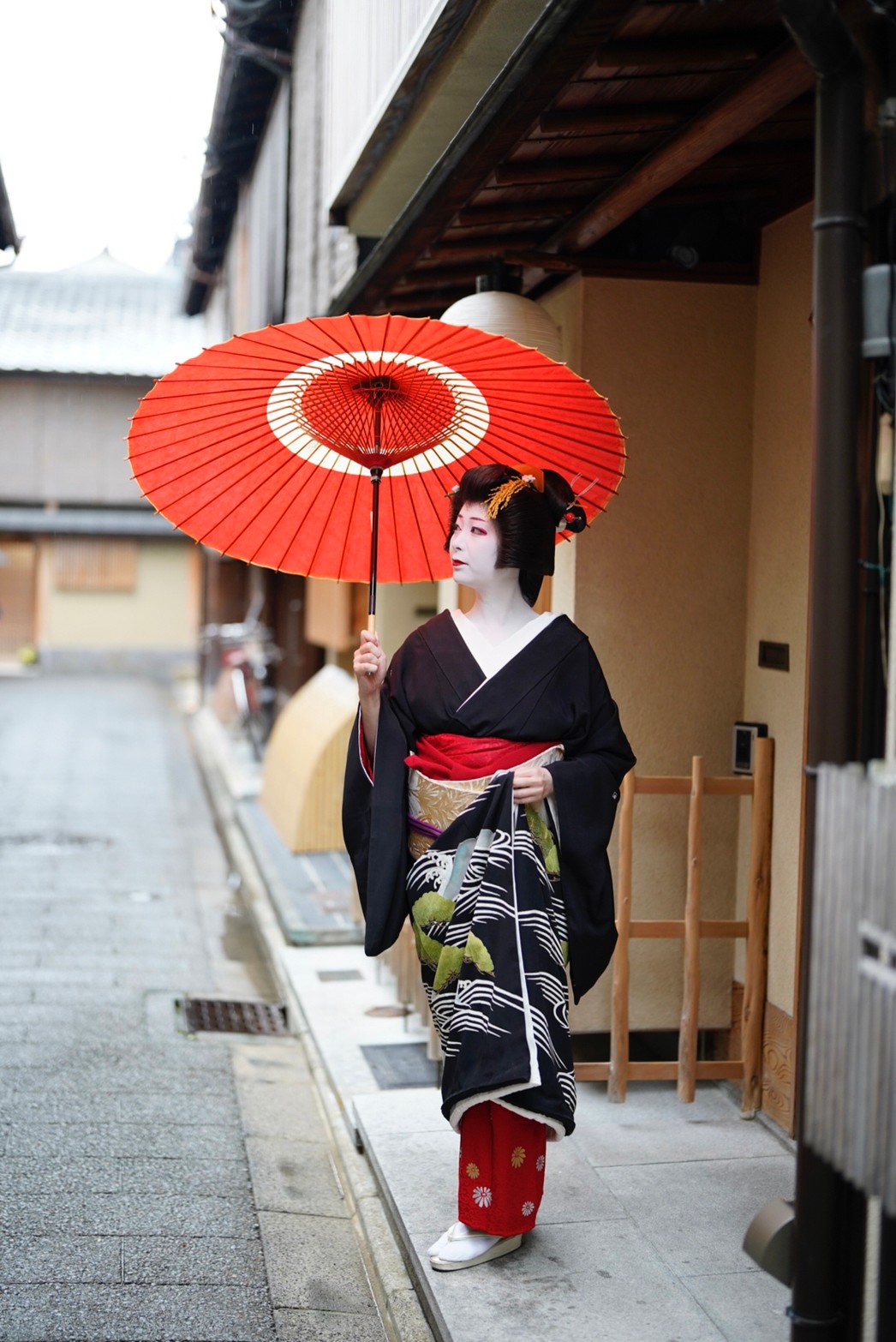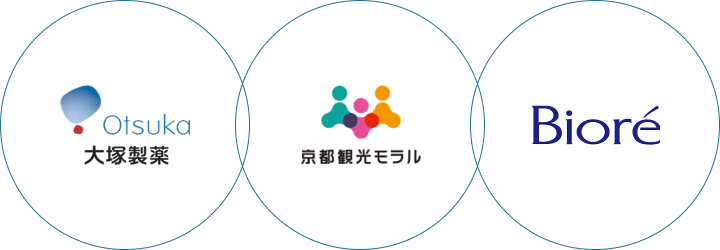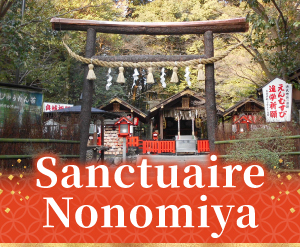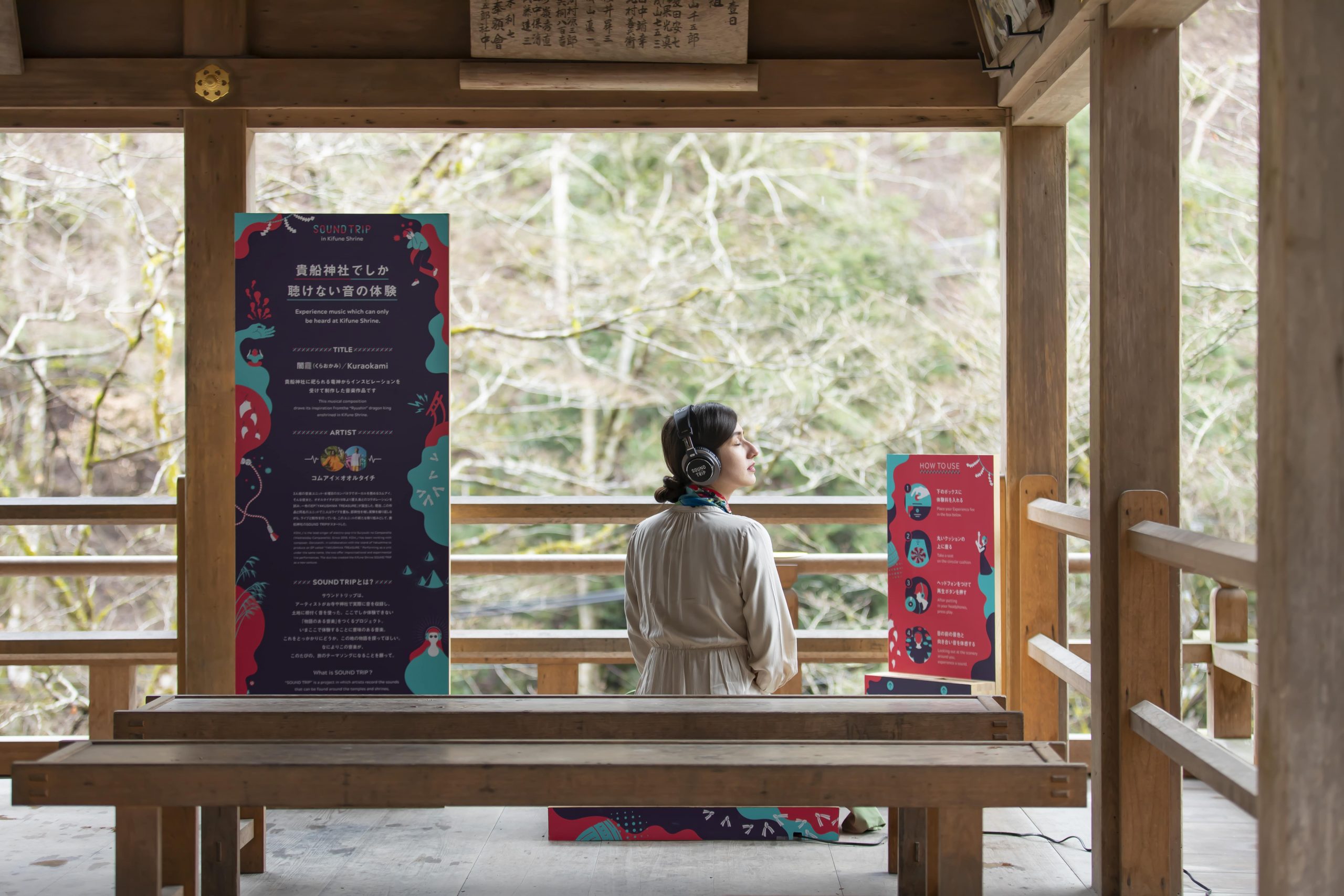
Une bande sonore pour un pèlerinage de votre âme en trois actes
Kyoto, capitale millénaire, est une ville ancienne gouvernée par une multitude de dieux où d'innombrables Bouddhas ont légué des enseignements, ses riches récits tissés à partir de fils infinis d'élégants rouleaux d'images aristocratiques, l'ascension et la chute des samouraïs et les humbles prières des citadins.
Ces récits ont été interprétés sur les scènes des temples et sanctuaires de Kyoto, et SOUND TRIP se déploie désormais dans certains des plus célèbres : le temple Sanzen-in, le temple Mibu-dera et le sanctuaire Kifune-jinja. Lors de votre visite dans l'un de ces trois lieux, installez-vous dans une cabine spécialement aménagée, enfilez un casque et coupez-vous du monde qui vous entoure. Écoutez le son qui vous envahit. Vous vous sentez étourdi et, peu à peu, vos sens se brouillent. La réalité se fond peu à peu dans les images et les souvenirs que vous avez enfouis en vous, et vous commencez à entendre la musique avec votre esprit. Serait-ce une sorte d'illumination ? Ce son que vous entendez dans le casque, résonnant si doucement au plus profond de vous-même, pourrait-il être votre propre voix ? SOUND TRIP consiste à créer une musique avec une histoire. Vous êtes en pèlerinage vers votre âme, et voici la bande-son.
Comment utiliser SOUND TRIP
- Asseyez-vous dans la cabine SOUND TRIP spécialement conçue à cet effet dans un temple ou un sanctuaire participant.
- Déposez un don dans la boîte prévue à cet effet (300 yens)
- Enfilez vos écouteurs et appuyez sur play
- Voyagez sur le son et le paysage qui s'offre à vous
【Acte trois】Sanctuaire Kifune-jinja
Un dragon qui monta au ciel et un bateau qui navigua vers les hautes terres — La pluie et le sol : des sources d'eau sacrées reliées par deux dieux

Le mythe d'un bateau remontant le courant à la recherche d'eau
Le sanctuaire Kifune-jinja est niché au cœur des montagnes du nord de Kyoto. Pourquoi un sanctuaire de montagne porte-t-il le nom d'un bateau (Kifune signifie littéralement « noble bateau ») ? Selon la légende, Tamayorihime, la mère du premier empereur du Japon, l'empereur Jinmu, aurait navigué sur un bateau jaune depuis Naniwatsu (aujourd'hui la baie d'Osaka) en remontant les rivières Yodo-gawa et Kamo-gawa à la recherche d'une source de pluie pour le pays. Elle aurait ordonné la construction d'un petit sanctuaire dédié à un dieu de l'eau à l'endroit même où la rivière prend sa source. Le temple a été baptisé Kifune en hommage à ce voyage.
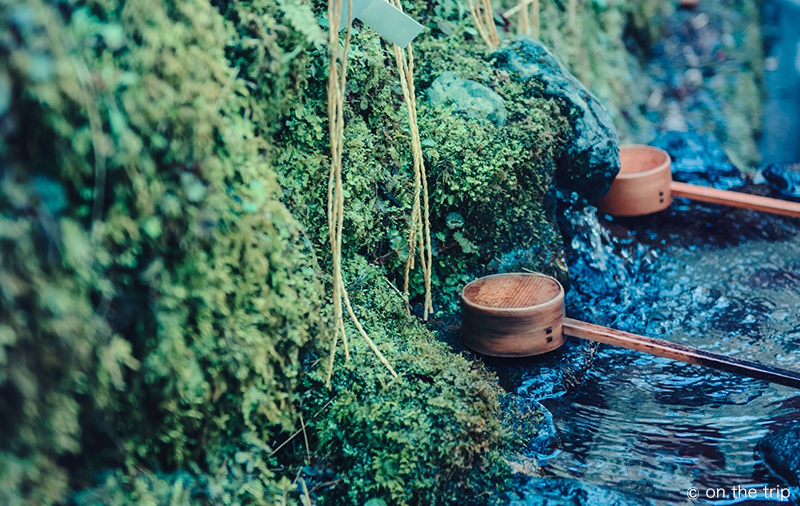
L'une des divinités vénérées du sanctuaire Kifune-jinja est le dieu de l'eau Takaokaminokami. Takaokaminokami est étroitement lié à la foi Ryujin, une forme de croyance associée à la pluie et aux rituels agricoles. Il n'est donc pas surprenant que de nombreuses histoires et légendes liées à l'eau entourent ce lieu sacré.
Le bruit de la ville n'atteint pas ce hameau de montagne isolé, si bien que le murmure de l'eau claire de la rivière Kibune-gawa résonne tout autour. Un sentiment de bien-être vous envahit, vos oreilles se libérant. En regardant et en parlant, prenez du recul dans ce lieu d'écoute. C'est ici que naît une rivière, et c'est aussi ici que naît votre VOYAGE SONORE.
Informations sur le sanctuaire Kifune-jinja
La date exacte de la fondation du sanctuaire Kifune-jinja est incertaine, mais des traces attestent de sa reconstruction dès 666. Une attraction populaire est le mizuura mikuji : de simples feuilles blanches de divination sur lesquelles une bonne aventure apparaît lorsqu'elles sont placées dans la source sacrée du sanctuaire. Le sanctuaire Kifune-jinja est également associé à un dieu du mariage, d'après un récit de la poétesse ancienne Izumi Shikibu qui s'y rendit pour tenter de regagner l'amour de son mari.
Adresse : 180 Kuramakibune-cho, quartier Sakyo, Kyoto
Horaires d'ouverture : Le terrain est ouvert de 6h00 à 20h00. Le bureau est ouvert de 9h00 à 17h00.
Frais d'entrée : Gratuit
Demandes de renseignements : 075-741-2016
Site officiel du sanctuaire Kifune-jinja (japonais)
Guide de voyage officiel de la ville de Kyoto : sanctuaire Kifune-jinja
Chugaeri par KOM_I et Oorutaichi
Une musique que l'on ne peut entendre qu'au sanctuaire Kifune-jinja
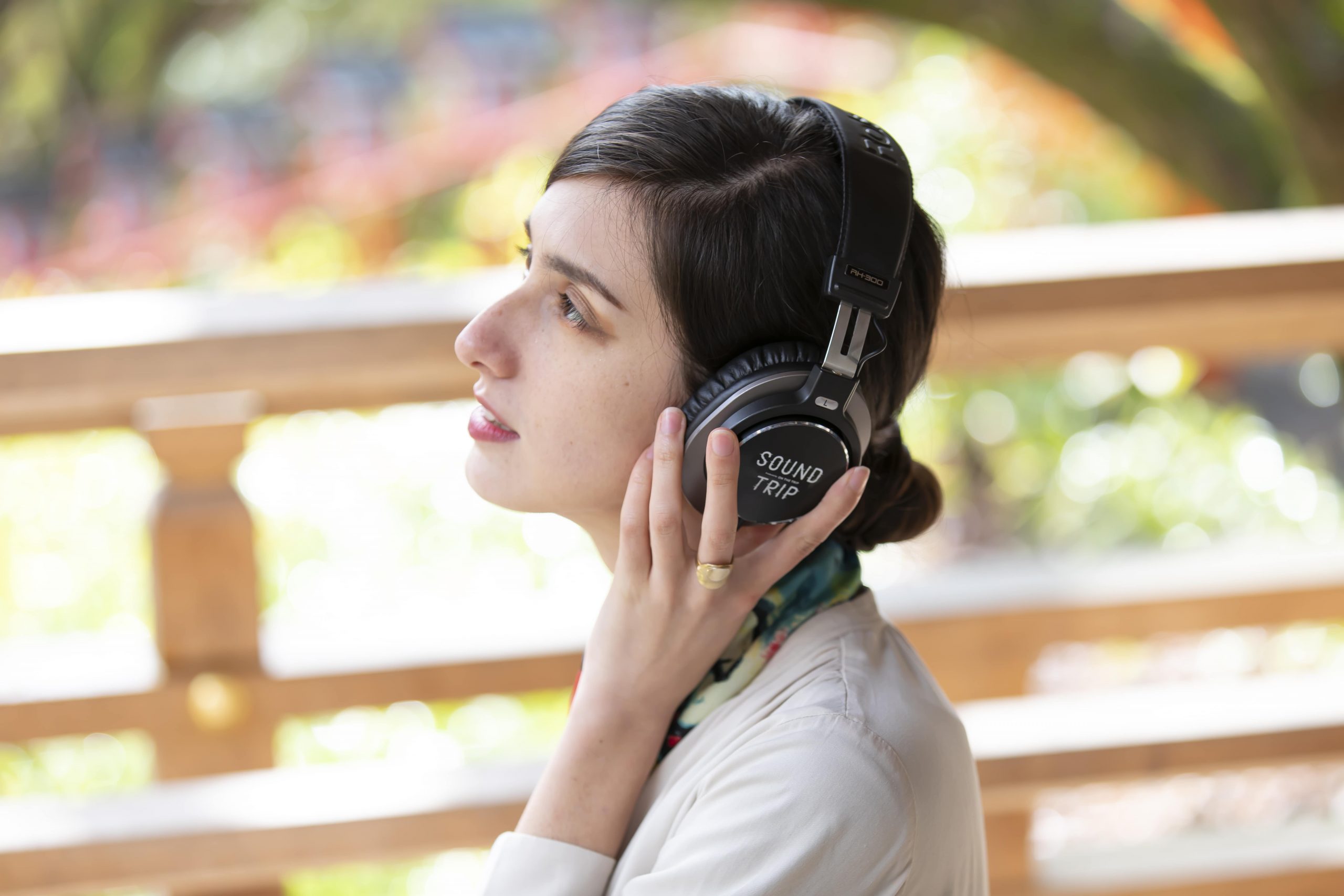
Le sanctuaire Kifune-jinja abrite le légendaire couple de dragons Takaokaminokami dans le Hongu (bâtiment principal) et Yamiokaminokami dans l'Okunomiya (le site du sanctuaire d'origine). Takaokaminokami envoie la pluie d'en haut et Yamiokaminokami surveille la source souterraine. Ensemble, ces deux divinités sont considérées comme un seul et même dieu de l'eau. Chugaeri est un voyage auditif autour du son capté en suspendant un microphone dans la « tanière du dragon » où résiderait Yamiokaminokami.
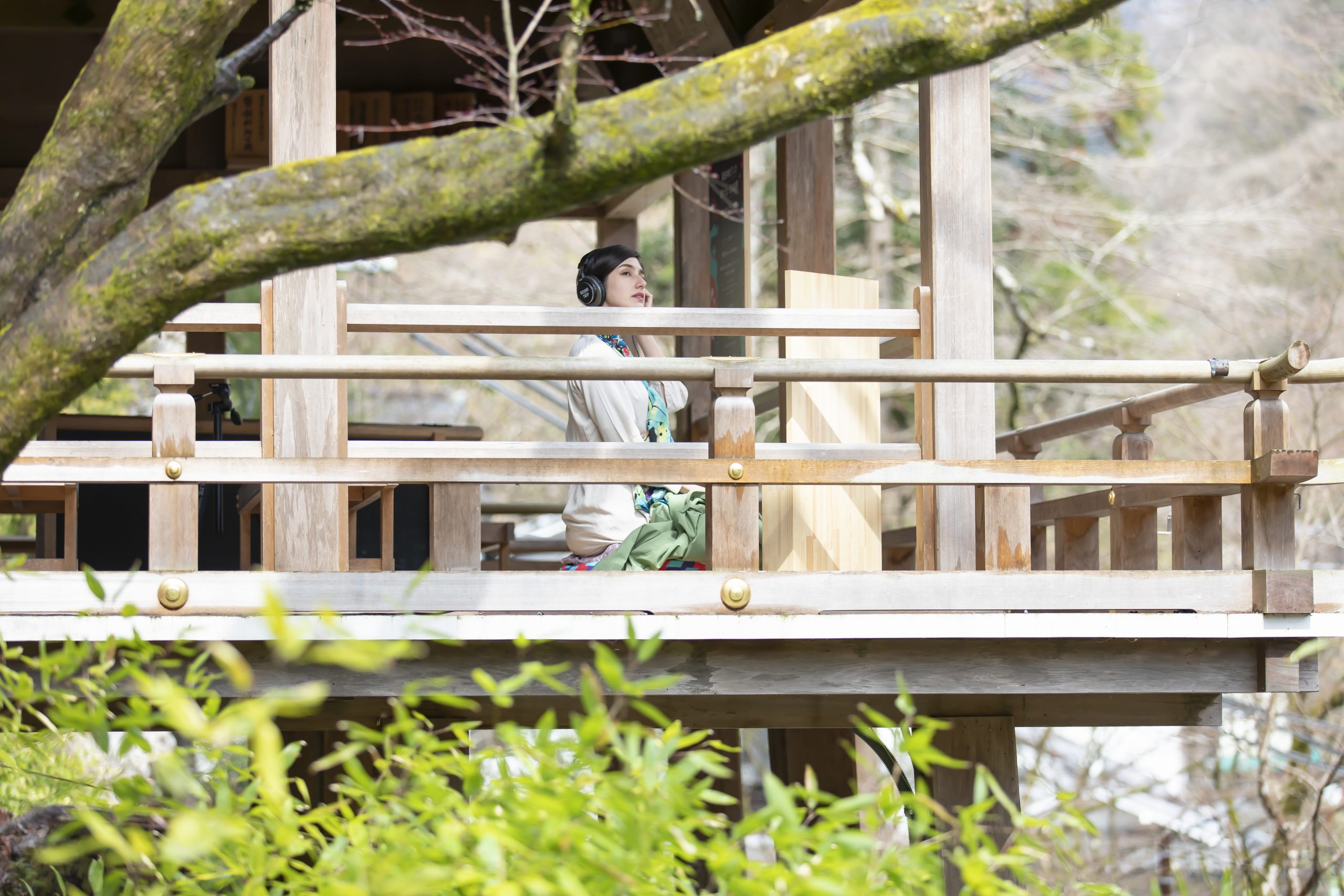
Installez-vous dans la cabine en haut du chemin d'accès. En contemplant les eaux vives de la rivière Kibune-gawa et les arbres du mont Kibune-yama aux racines et branches chargées d'eau, prêtez l'oreille au son qui coule comme l'eau divine jaillissant des profondeurs de la terre sacrée.
Ce que vous entendez pourrait bien être le rugissement du duo de dragons.
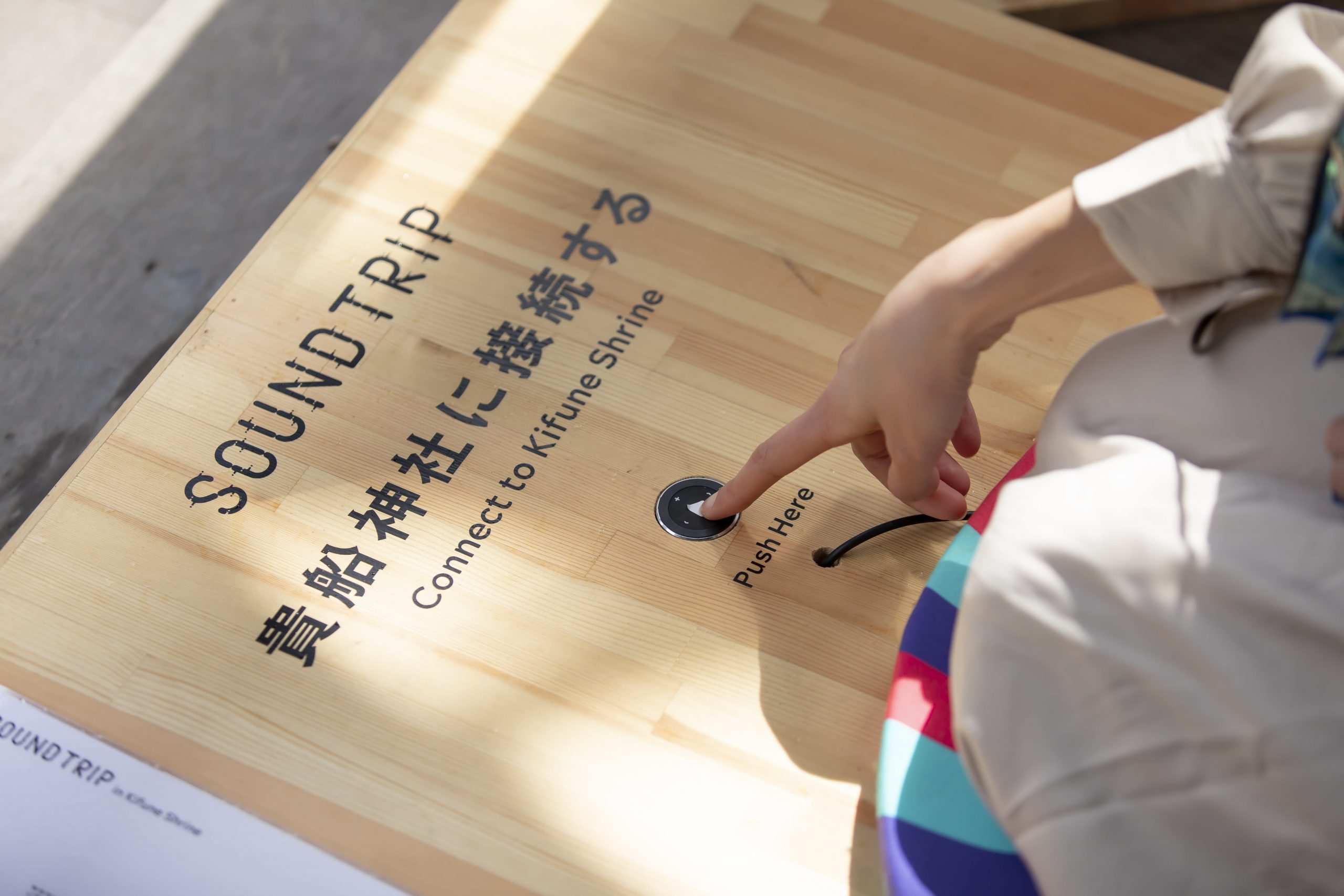
Autre détail à propos du sanctuaire Kifune-jinja : Kifune peut aussi s'écrire avec des caractères signifiant littéralement « racine de l'esprit ». Autrement dit, l'eau d'où naît toute énergie et le sol qui en est la source. Ici, vous ressentirez à coup sûr la puissance spirituelle de ce mot.
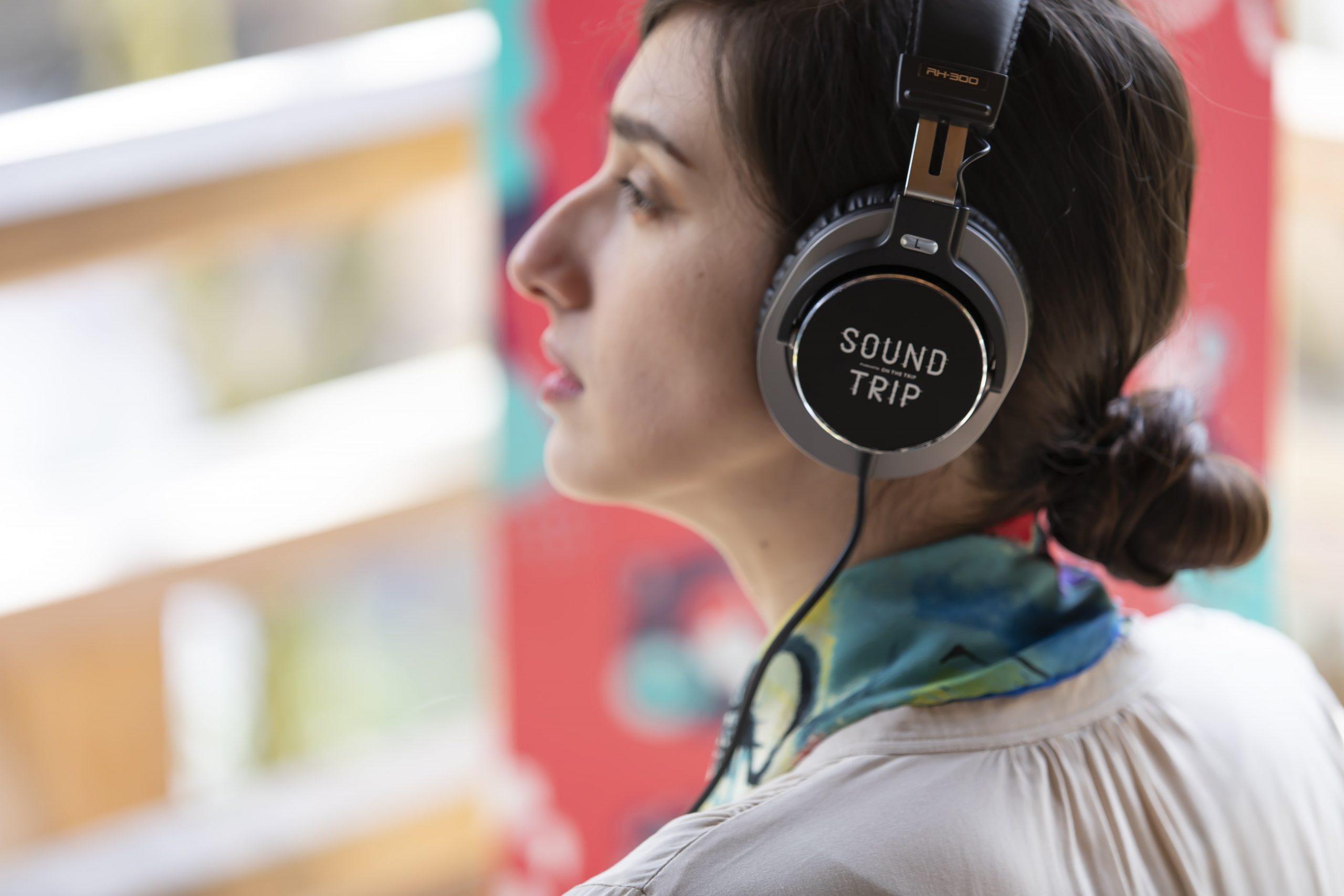
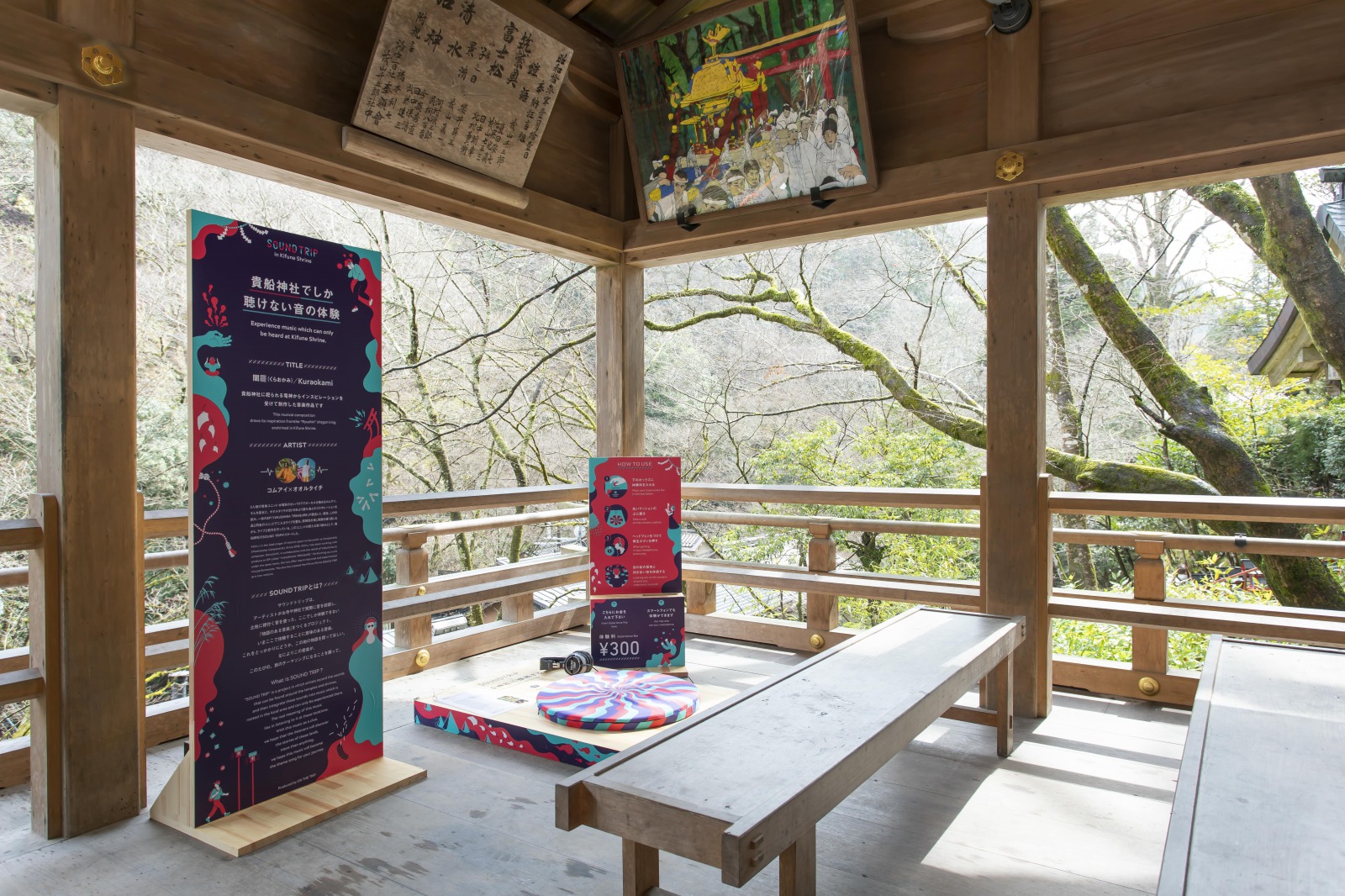
Artiste : KOM_I (Mercredi Campanella) et Oorutaichi
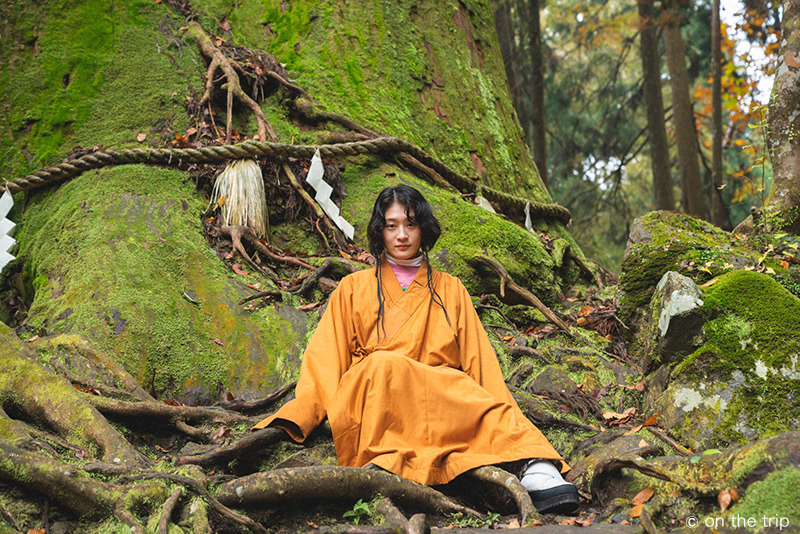
KOM_I, chanteur du trio Wednesday Campanella, et Oorutaichi ont débuté leur collaboration en 2019 avec la sortie d'un EP intitulé Yakushima Treasure. Les deux artistes présentent cet EP en tournée sous le nom de Yakushima Treasure, intégrant de plus en plus spontanéité et expérimentation dans leurs compositions et leurs performances. Le groupe SOUND TRIP, situé au sanctuaire Kifune-jinja, est leur nouveau projet.
Voyage sonore【Acte 1】Temple Sanzen-inSound Trip【Acte 2】Temple de Mibudera



